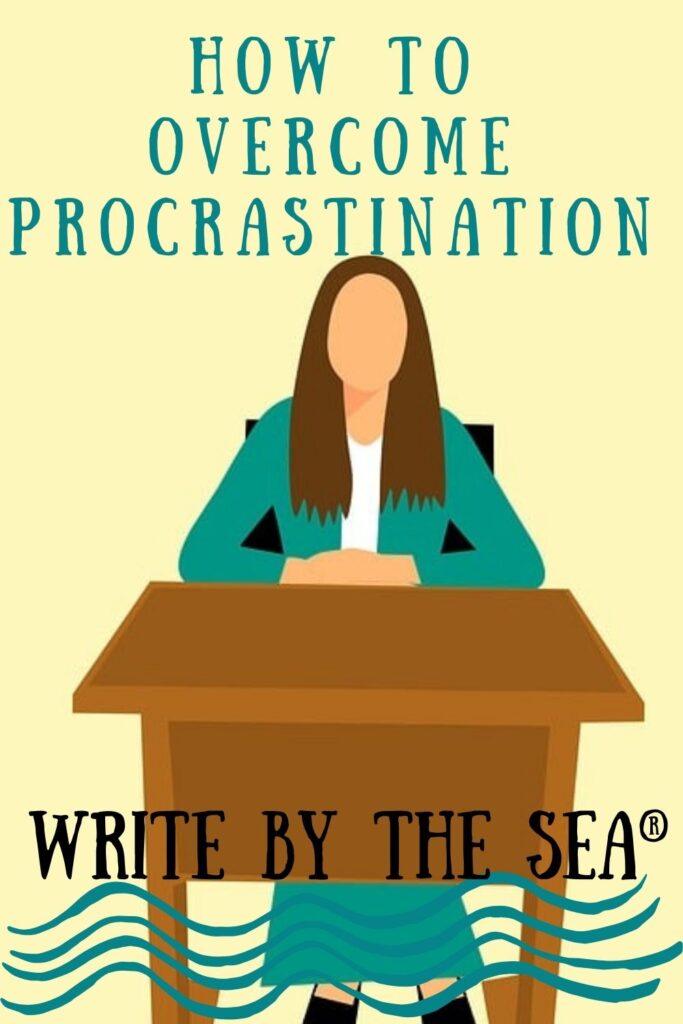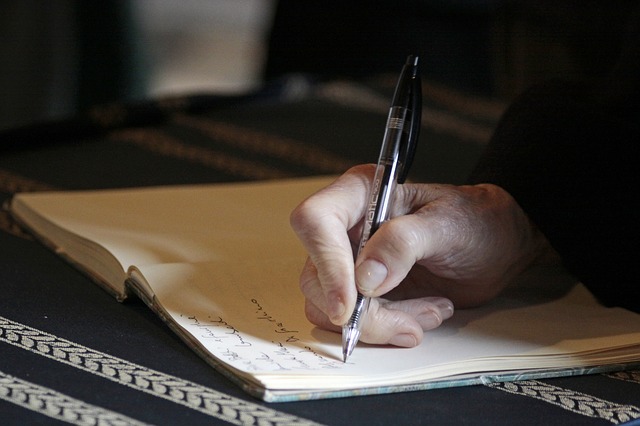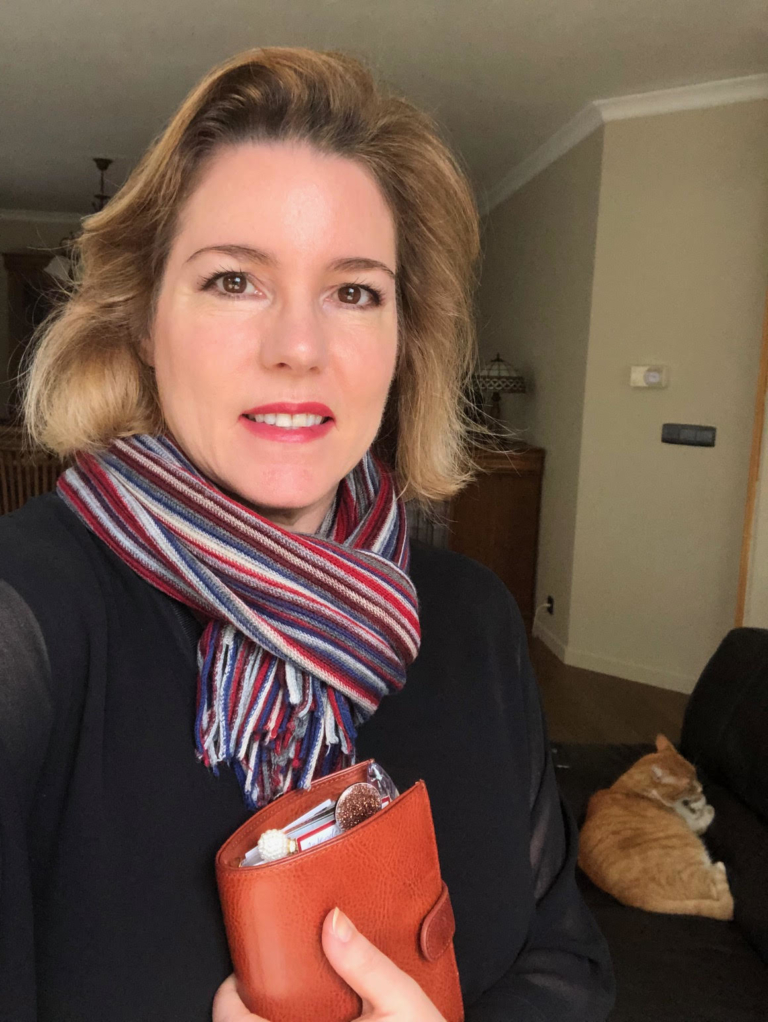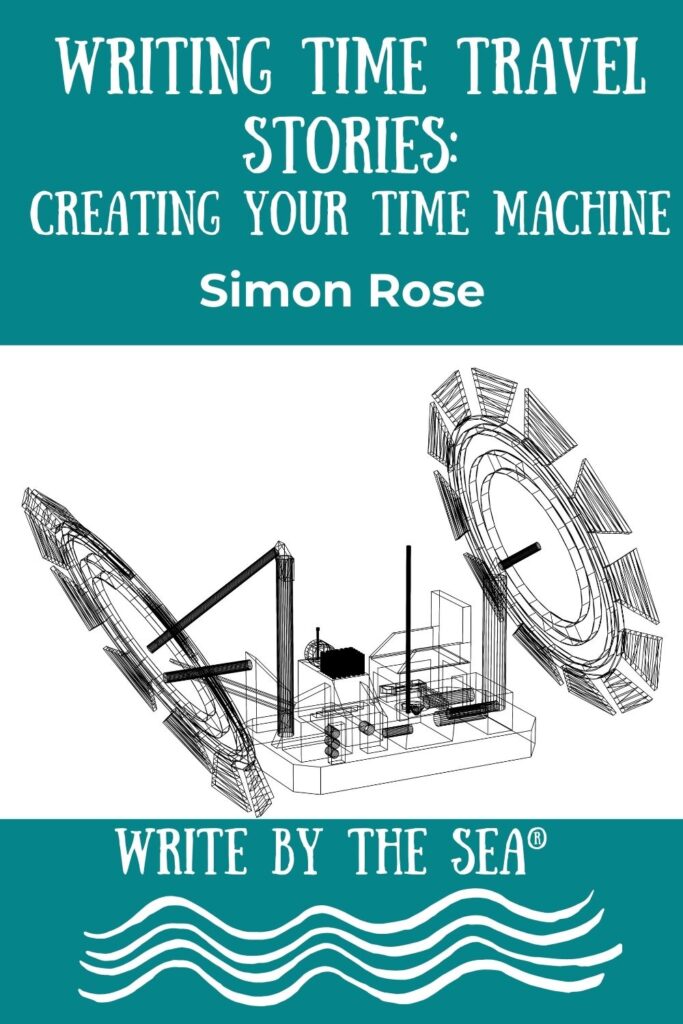
by Contributing Editor, Maurene J. Hinds
One of the best ways to enliven nonfiction is by “borrowing” techniques used in fiction. This includes, when appropriate, opening with a high-action scene, building suspense, using plenty of “showing” description, and including dialogue to break-up the narrative. The only caveat is that actions and dialogue must be “true,” in that it accurately (word for word in the case of direct quotes) portrays events or people. What if you are not writing a biography or historical piece? You can still use these techniques by interviewing professionals, showing people in action, and determining an interesting point of view from which to write about your subject.
Kids love to learn about topics that interest them. For writers, this is good news, because it can often be “easier” to sell nonfiction than fiction–easier in the sense that many editors are looking for quality nonfiction. However, this also means that it is a competitive market, and only the best nonfiction writing will sell. You can make your nonfiction stand out by incorporating the techniques mentioned above, among other things (choosing and focusing on a specific, interesting topic also helps!).
Just as you need some type of “hook,” in fiction, so too should you use one in nonfiction. Even if your topic follows some type of chronology, consider opening with a significant event, fascinating fact, high-action event, or unique dialogue. Bring the reader in and then fill-in the details. What is an exception to this approach? Younger readers require more structure than older readers, in which case beginning in the middle of your story might not work. Straight chronologies work better for younger readers.
Fiction techniques can enhance your nonfiction
Use the idea of beginnings, middles, and ends as you craft your nonfiction piece. Just as fiction builds to the climax of the story, so too can you arrange your information in a way that builds to an interesting ending. Are you writing about a real-life mystery? Consider dropping clues along the way so your reader can try to solve the problem.
What if you are not sure of the best structure for your work? In many ways, you have more flexibility with nonfiction in that you can structure your piece in a way that best fits your material. Perhaps including the most exciting information first, rather than last, works best for your topic. Maybe the middle of your piece is full of action, which you then lead the reader out of to explain the significance. No matter how you structure your piece, remember that it needs to have some type of logical order (remember that bit about young readers?). As always, keep your reader in mind.
Dialogue is a great way to add interest to nonfiction while also breaking up longer sections of text. If you are writing a historical event or biography, search for actual words said by the people involved. If you cannot find this, you might be able to quote a newspaper article or some other source from the same period. If no quotes are available, or if you are writing a different type of piece, consider including excerpts from interviews. Experts add authenticity to your work, and some interesting quotes from experts can add that special, human touch.
As you develop your piece, look for ways to make the writing as interesting and “alive” as possible. Kids do not like to wade through dry, stale facts any more than (many) adults do. Think of ways to put those facts into context. Show the significance of the information, and present it in forms that kids can relate to. If you use the many ways to add sparkle to your nonfiction, you will help increase your chances of publication while providing fun, fascinating reads for your audience.





